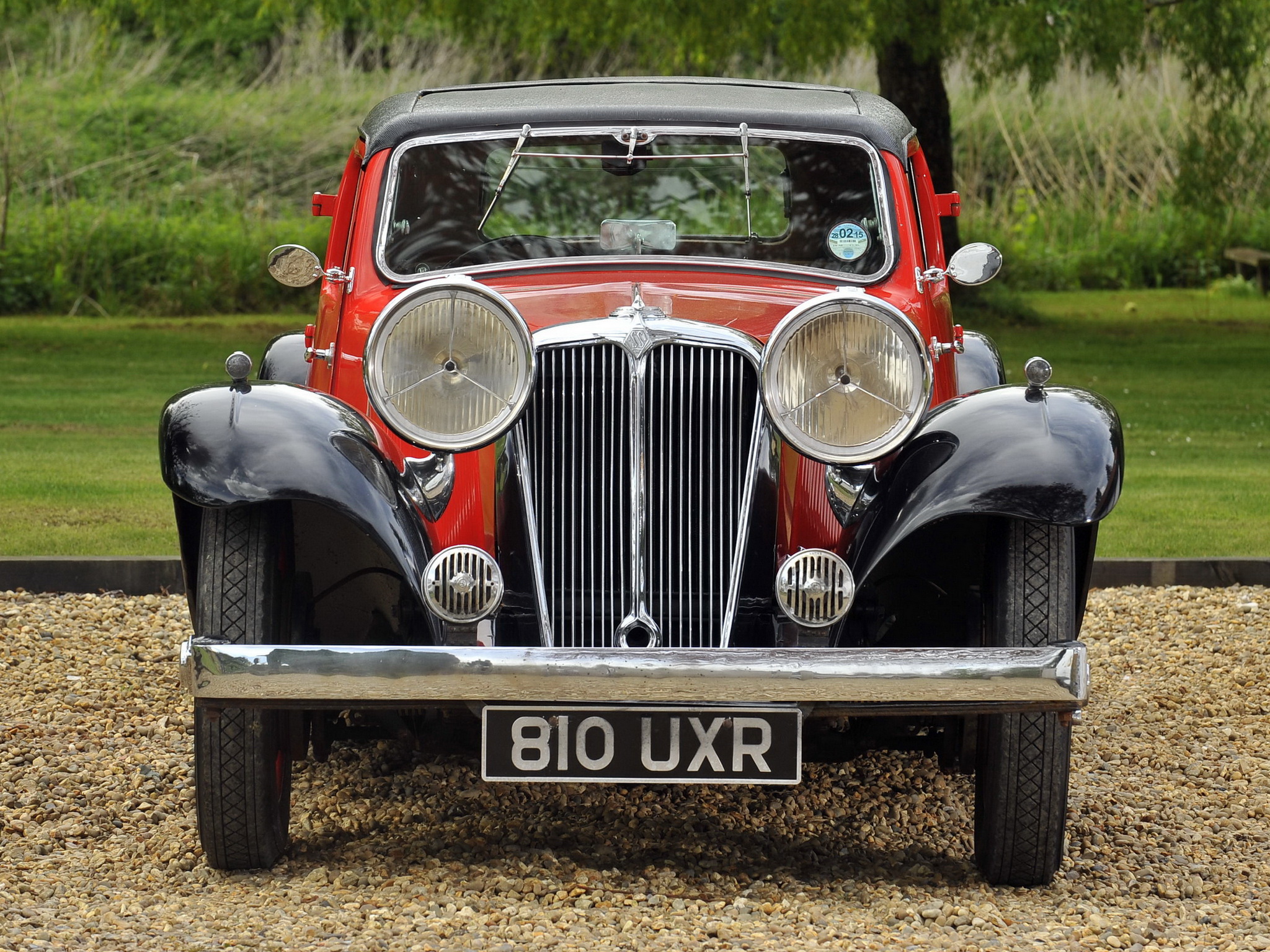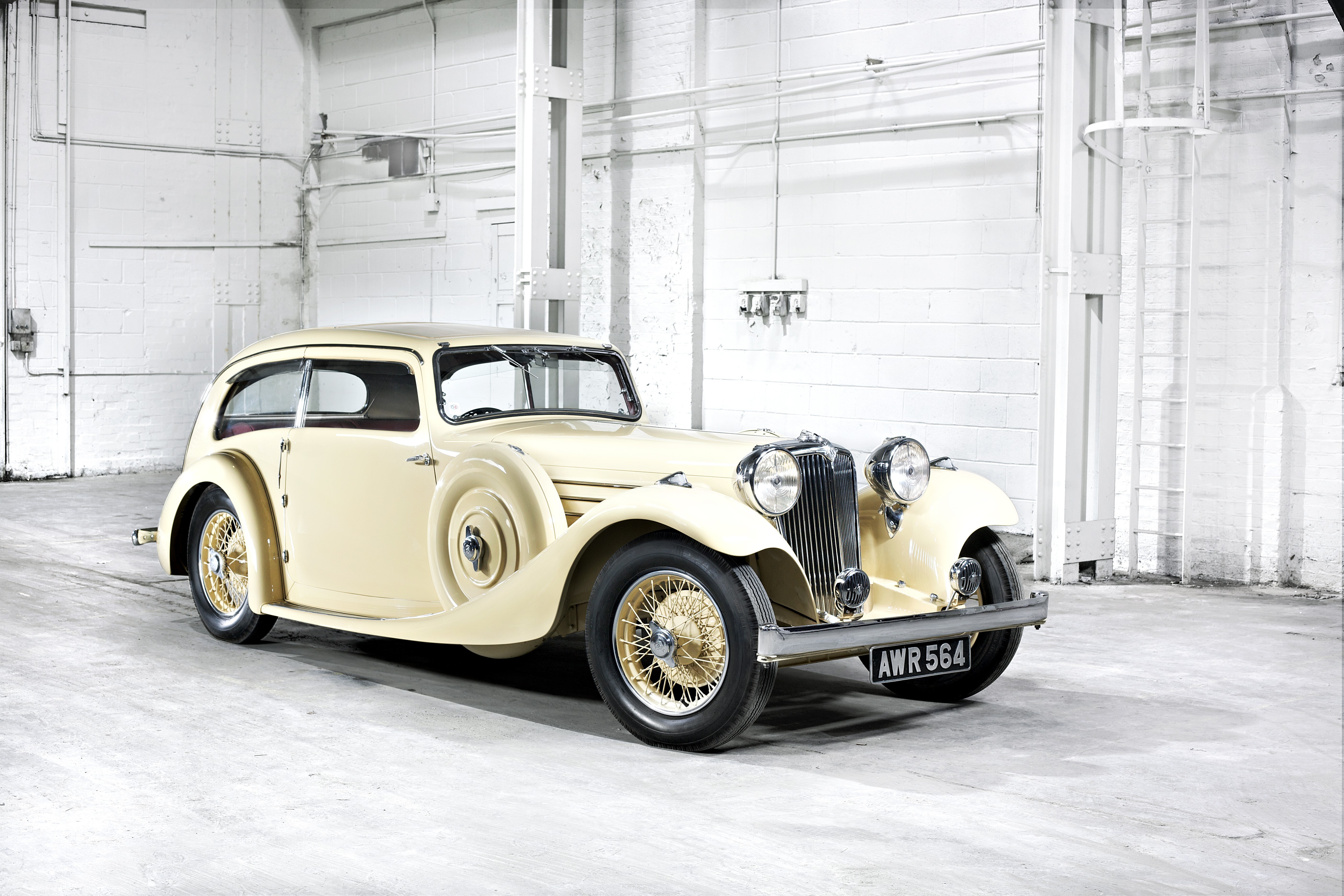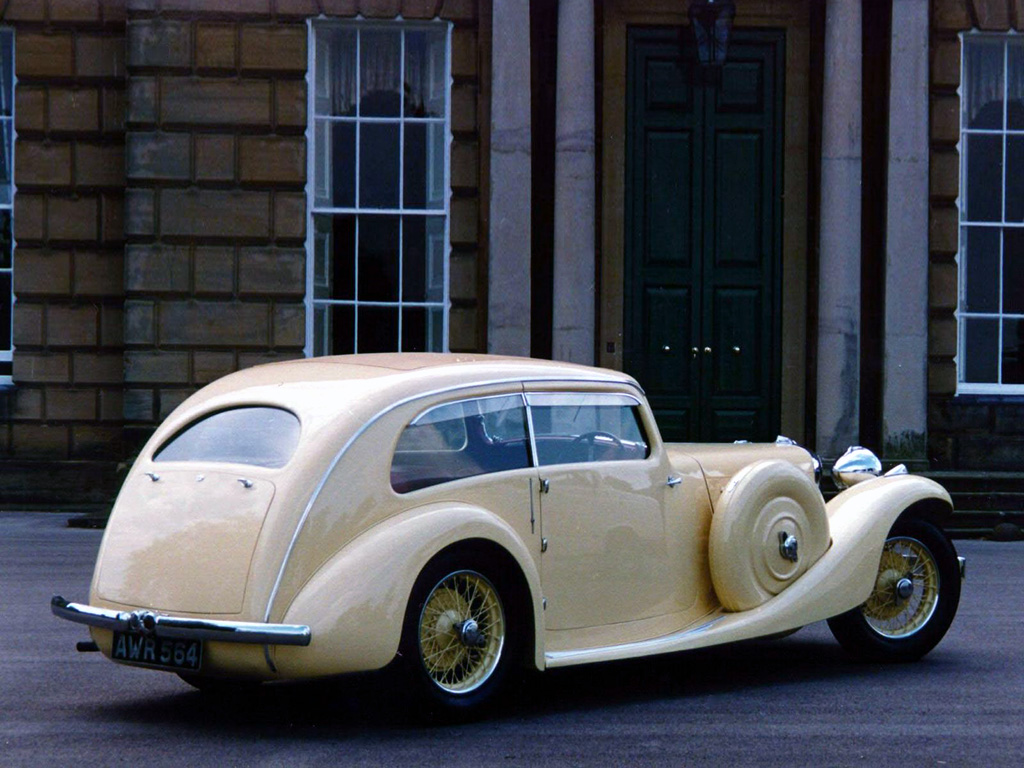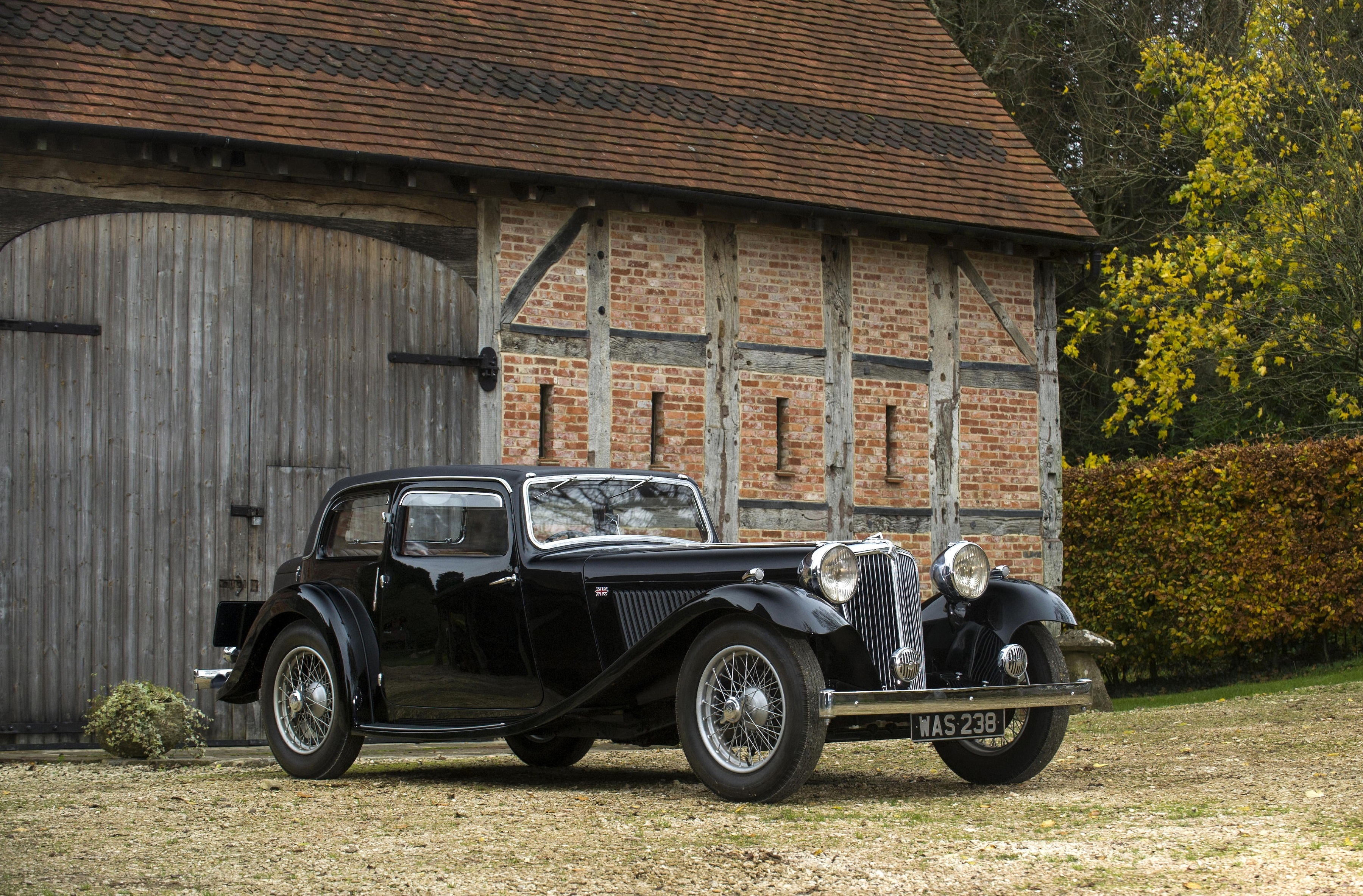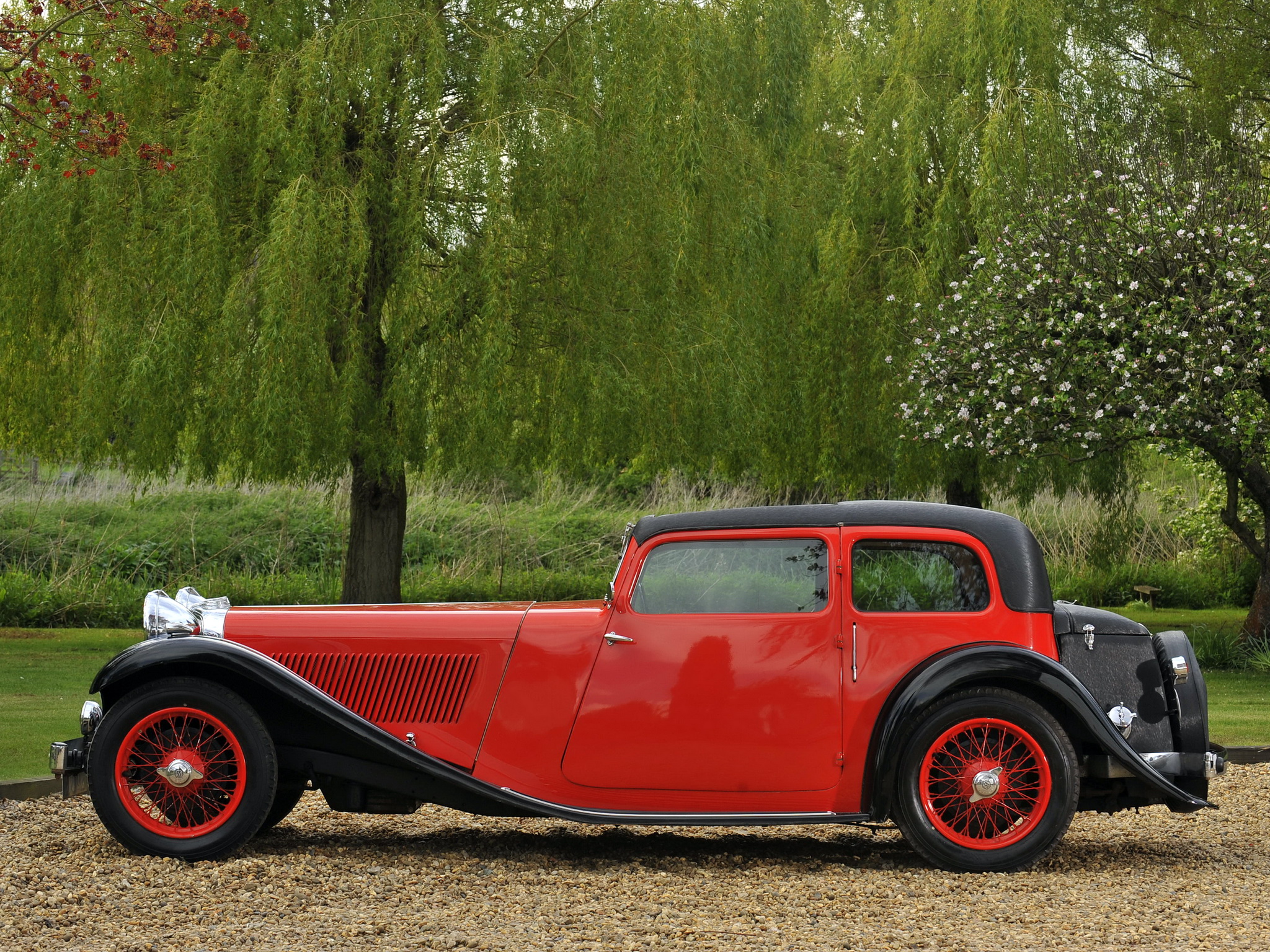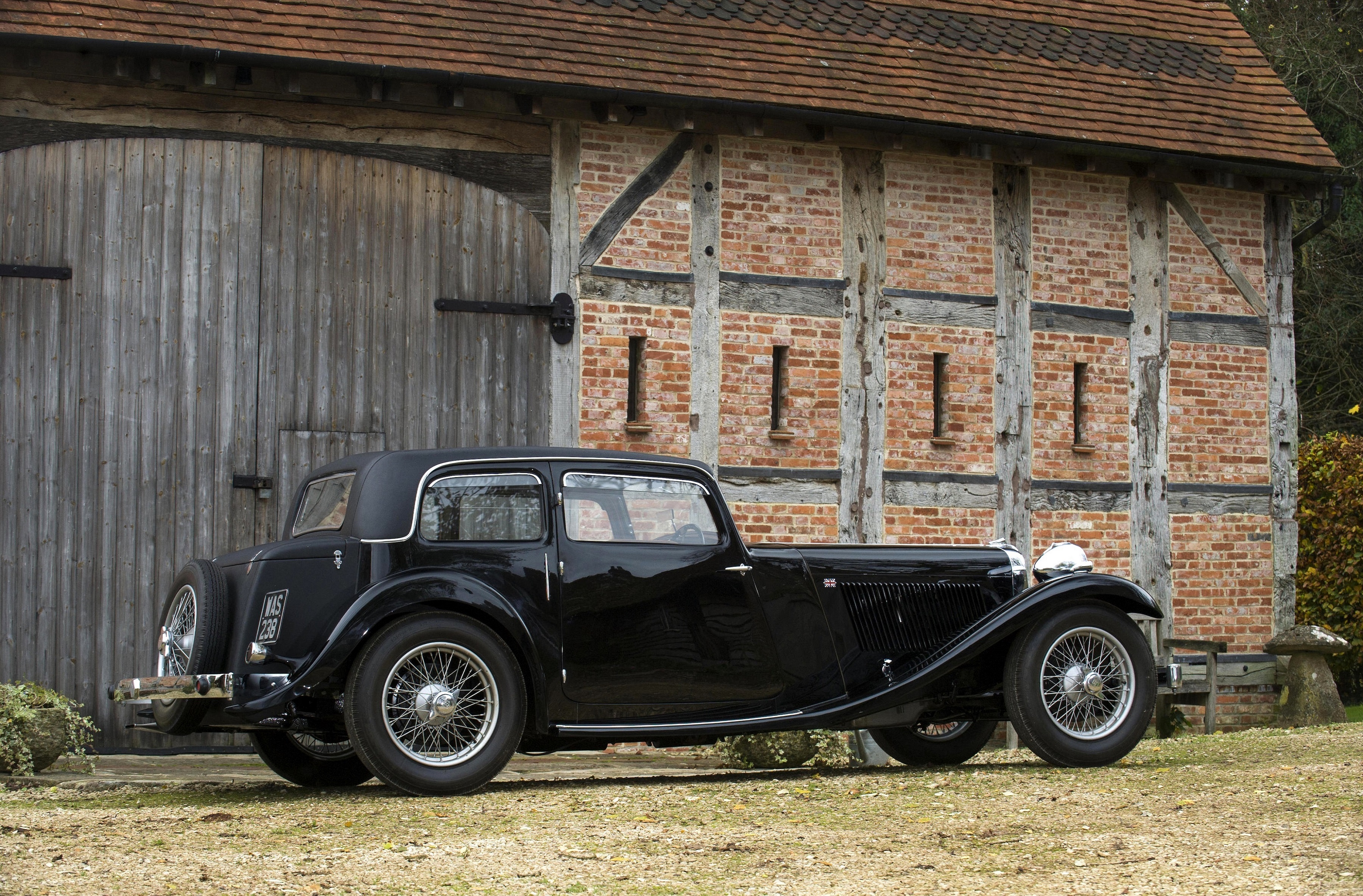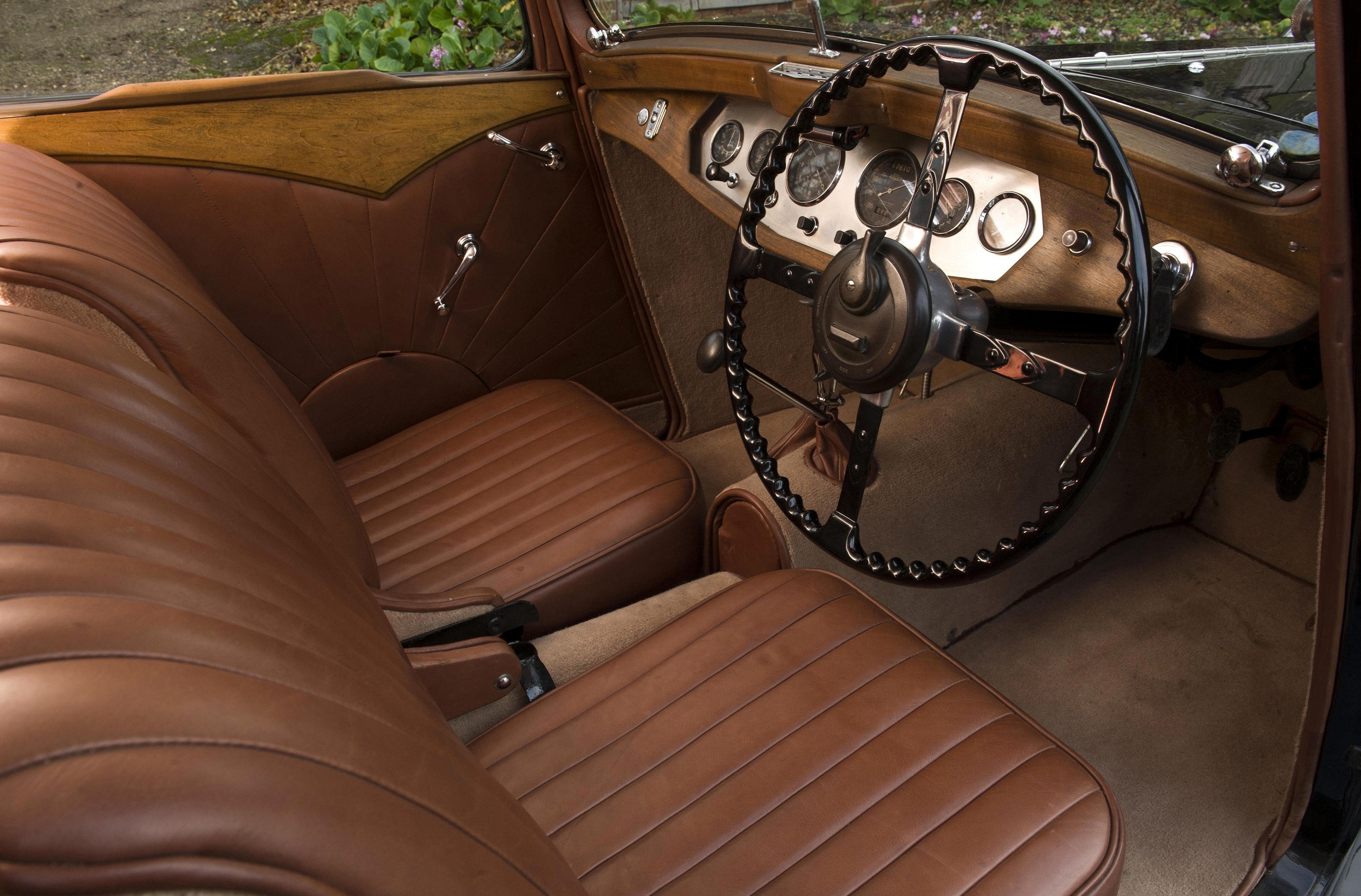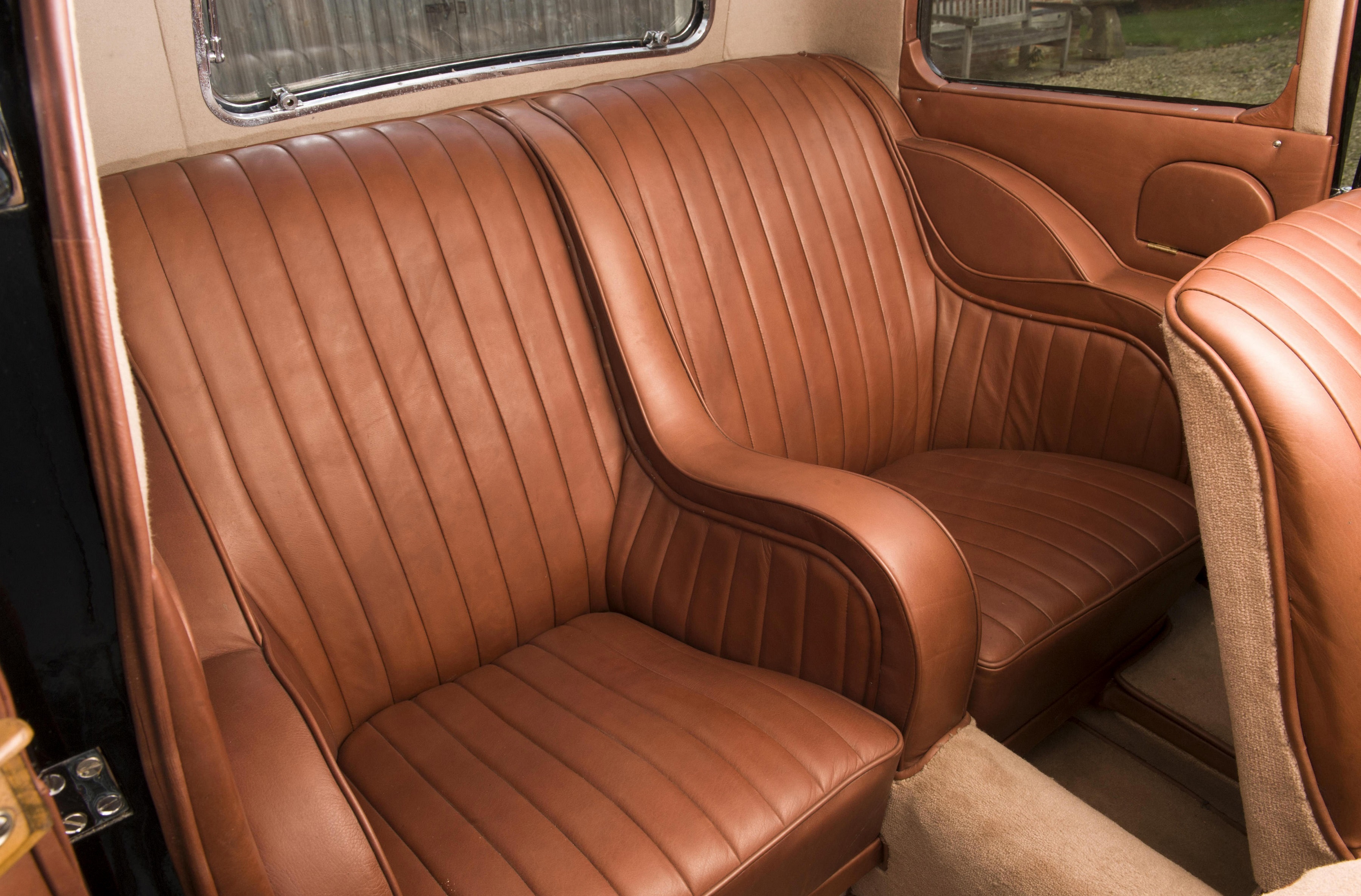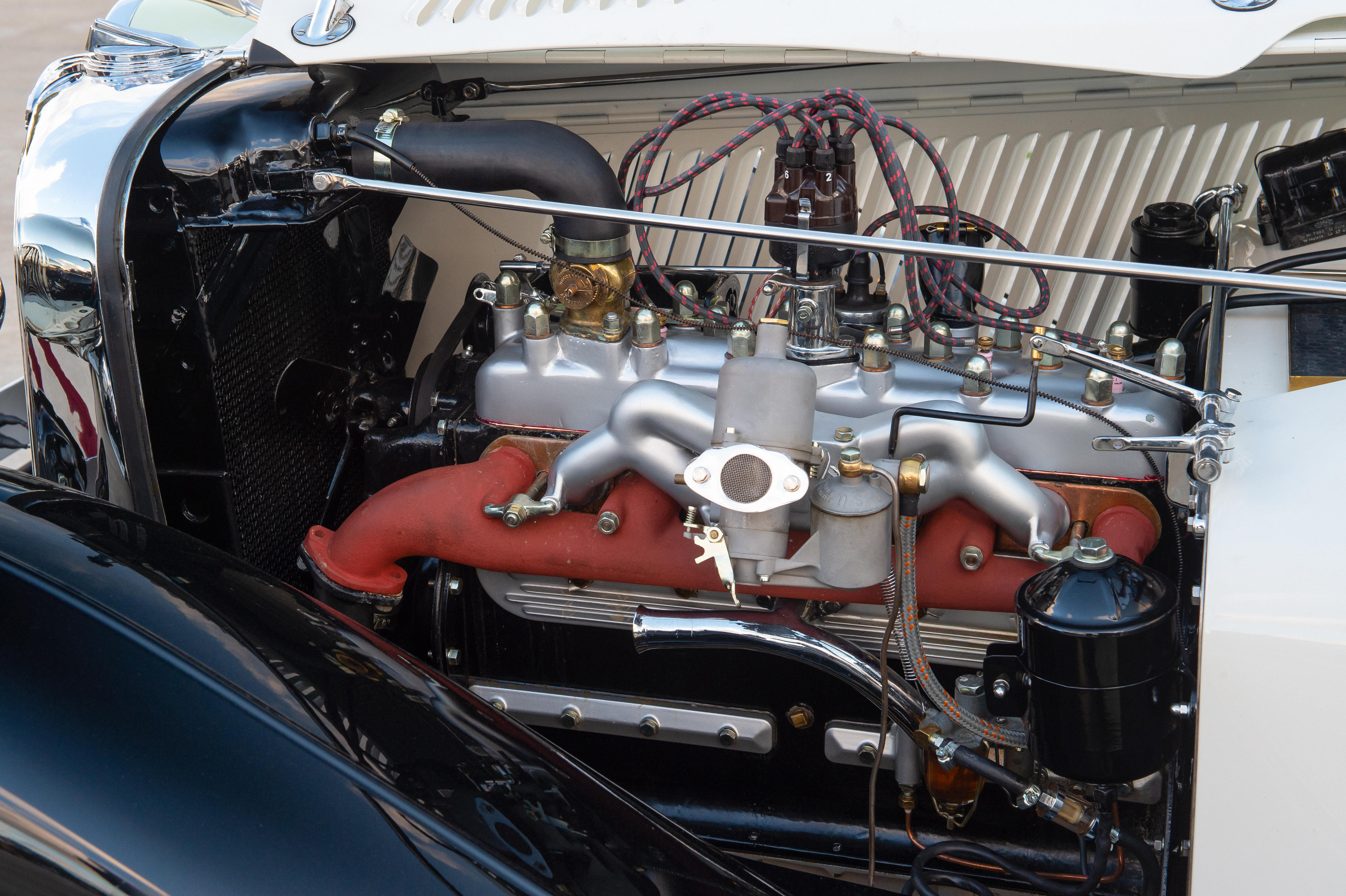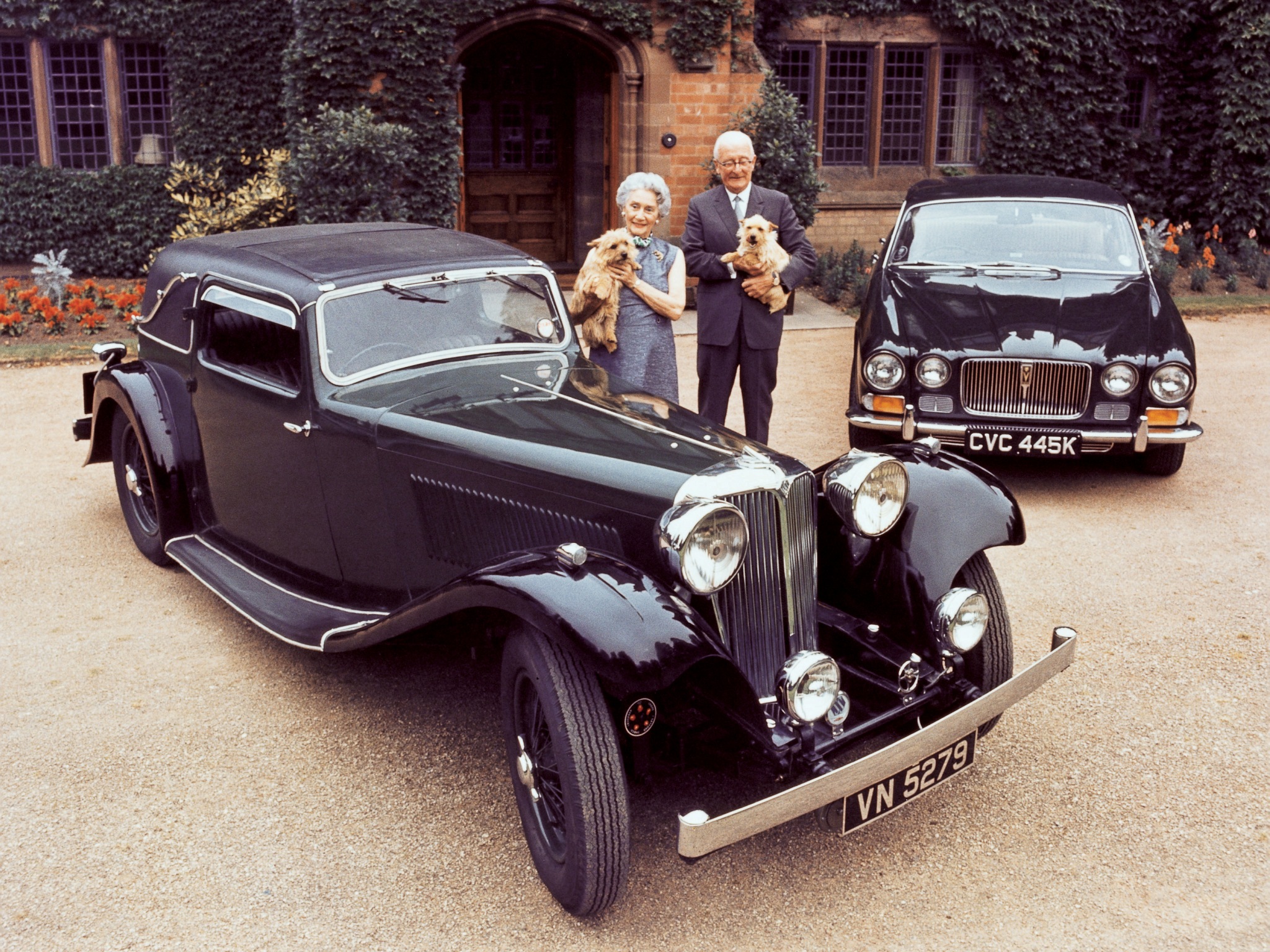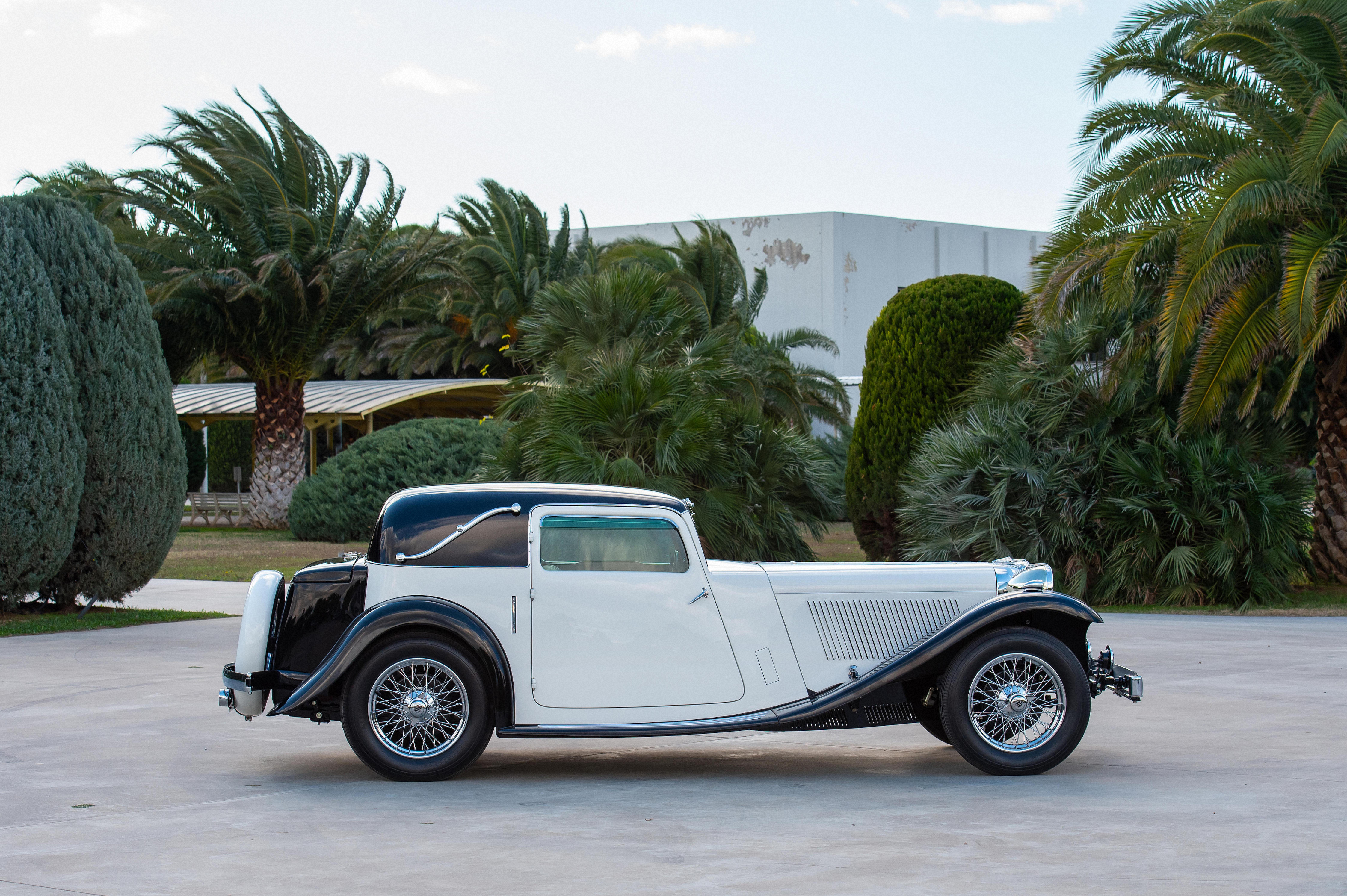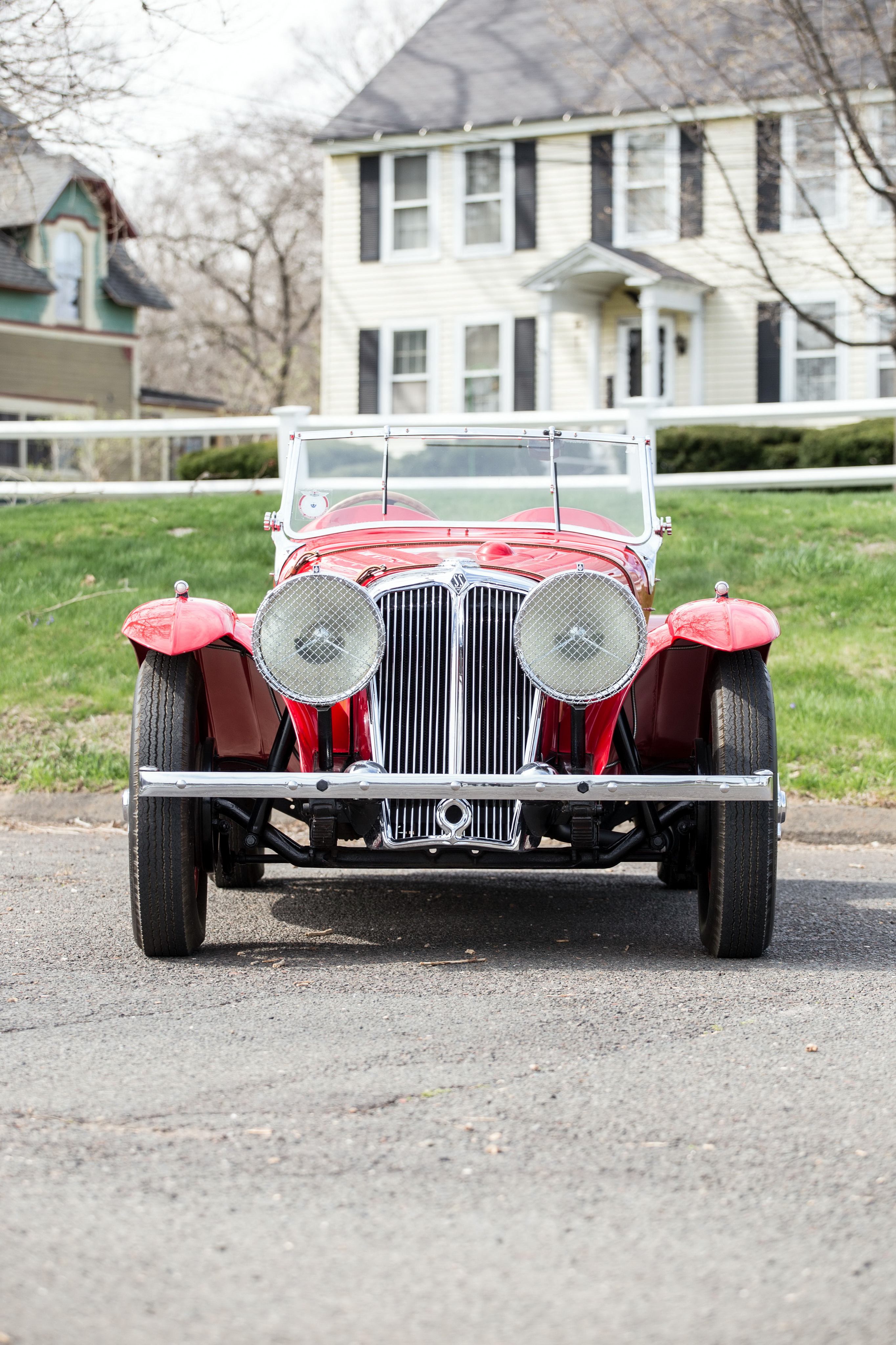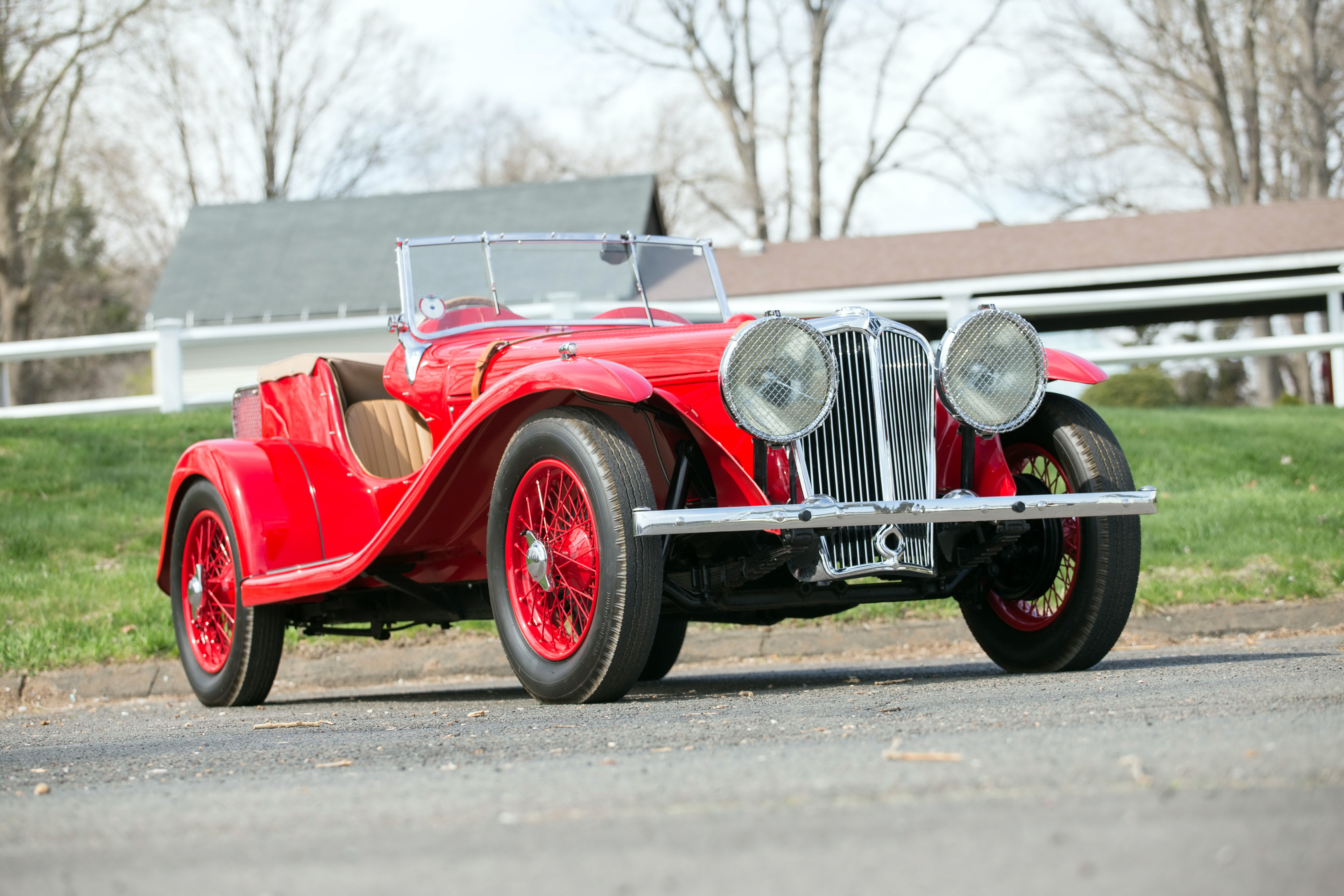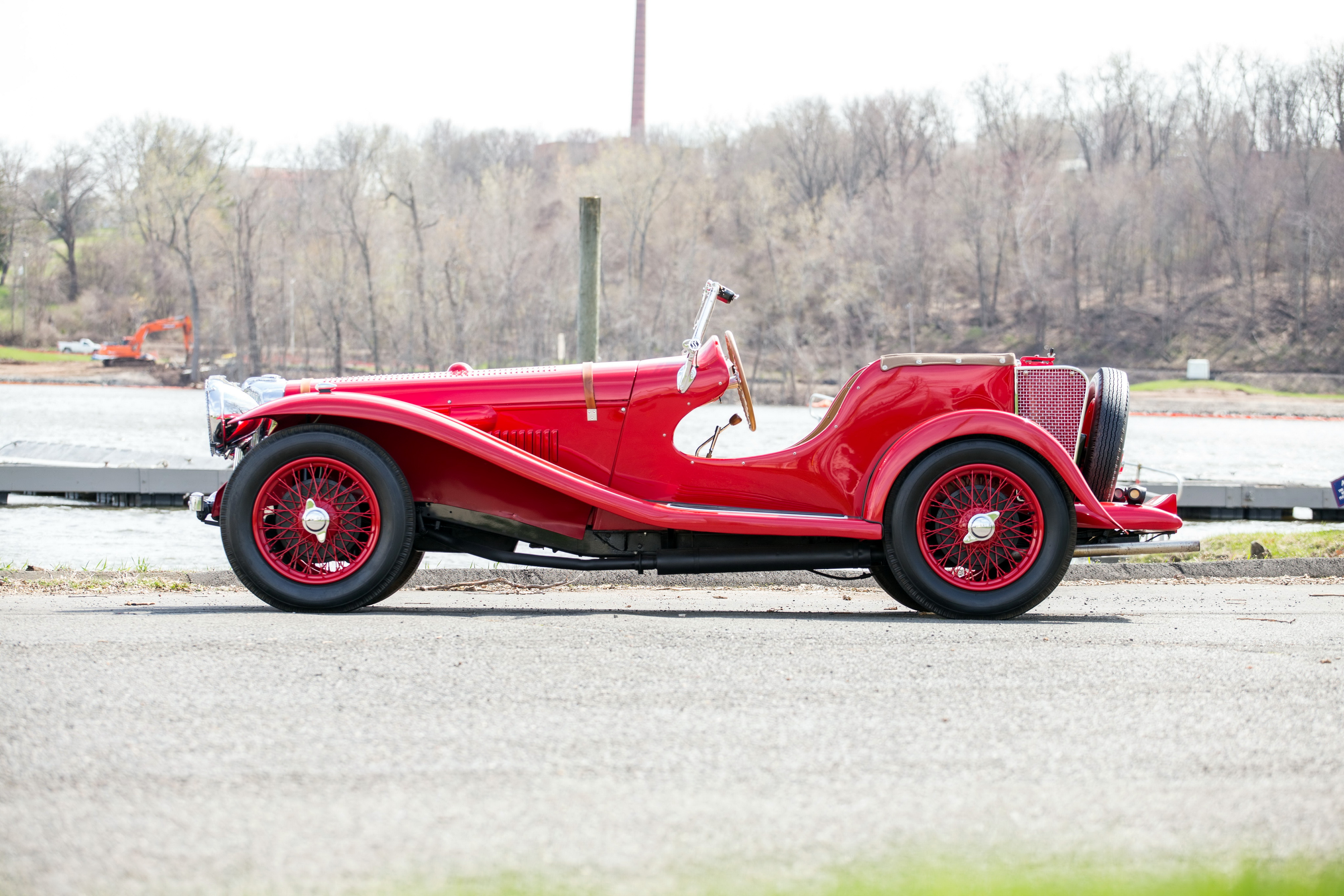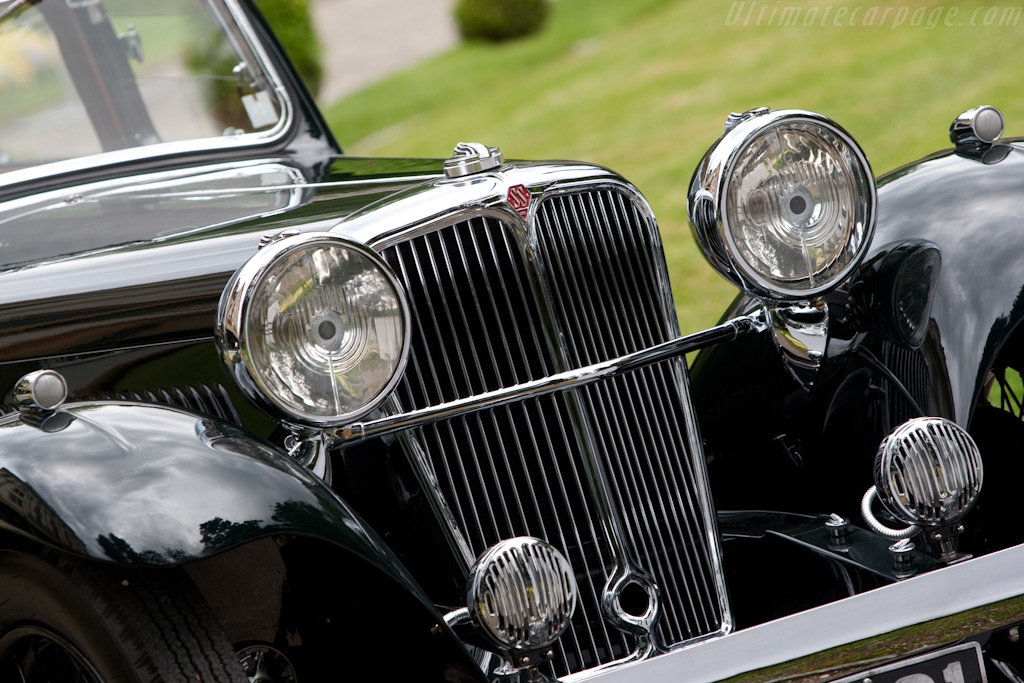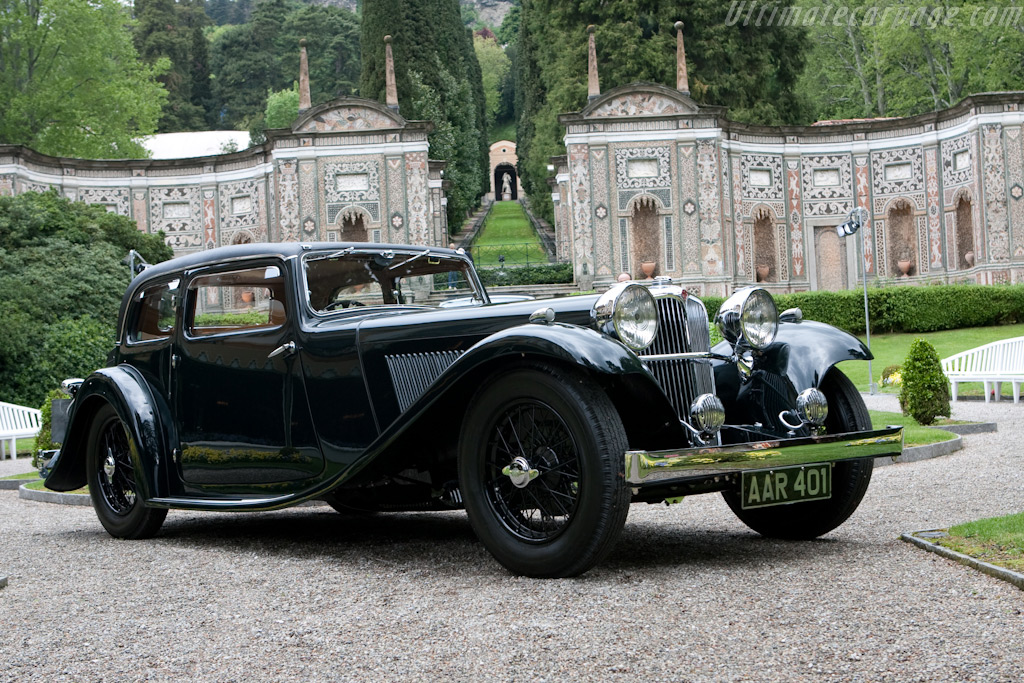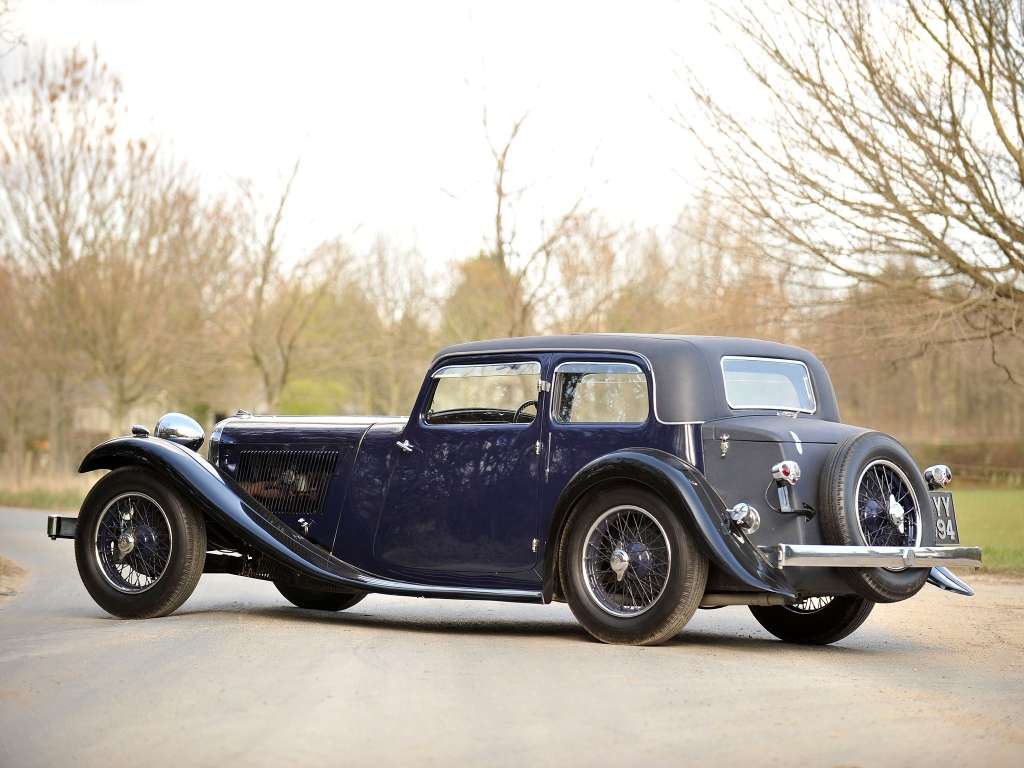

Jaguar was established as a brand in 1945, but its roots go deeper than that. William Lyons starts his small business in the early ’20s. The company – Swallow Sidecar Co. – was fixed on manufacturing aluminum motorcycle side cars. Lyons was a moto enthusiast himself, owned a few machines and even entered a few sports events. He worked as a dealer at the time, buying and selling motorcycles – he put his hands on a lot of technology… until he met another William – William Walmsley – who just moved right next to Lyons. Both Williams were neighbours and lived on the very same street. Lyons was dealing motorcycles, and Walmsley was making sidecars in his garage – one per week. What a coincidence!
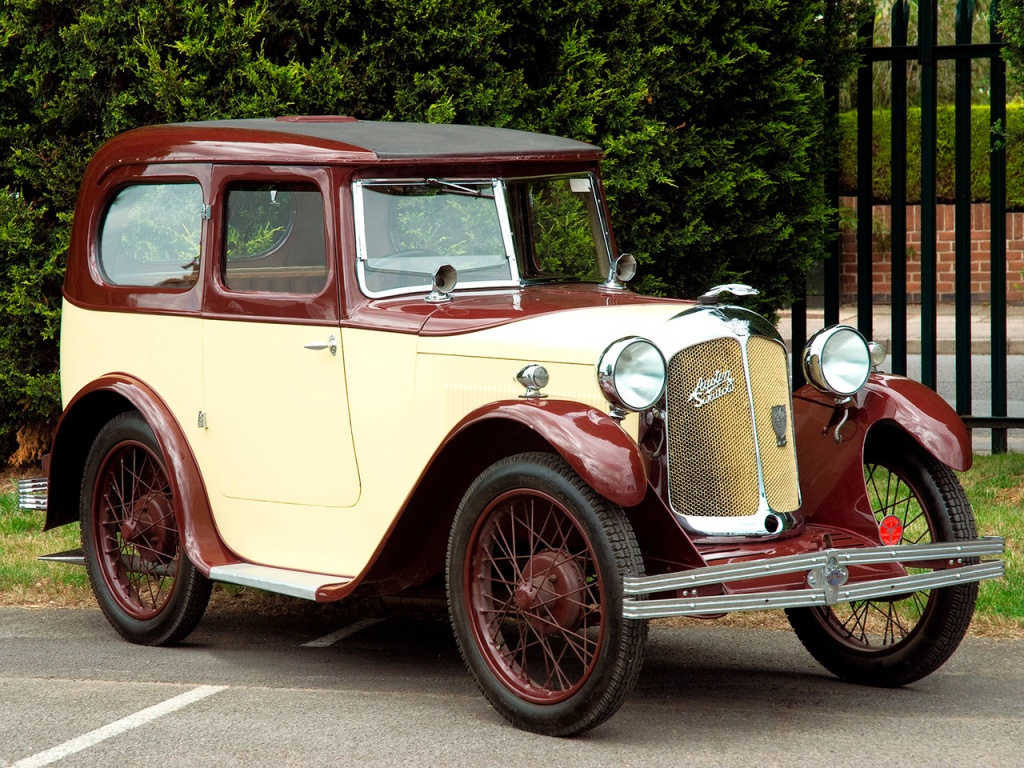
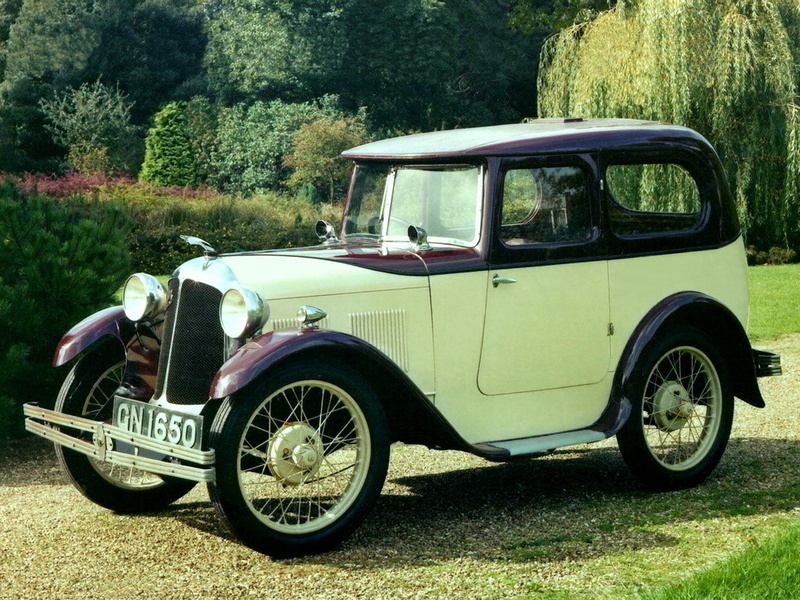
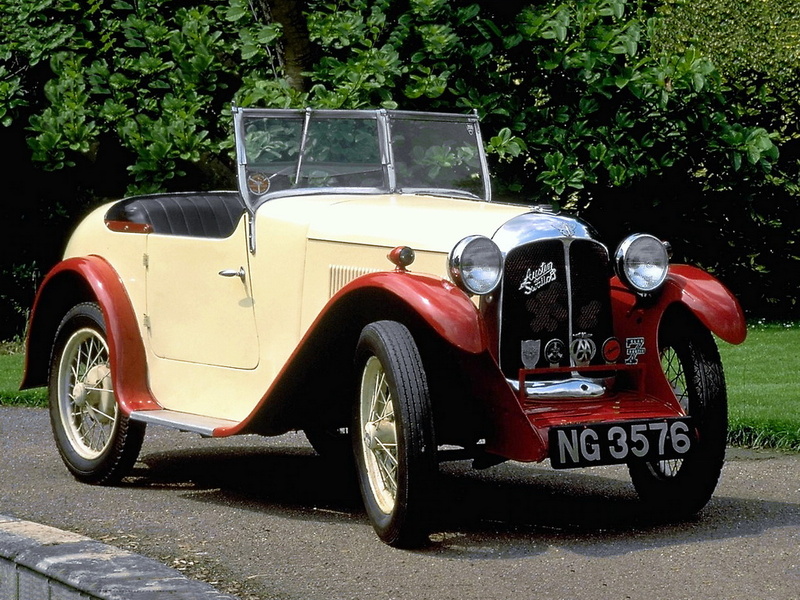
Lyons ordered such sidecar from Walmsley and, impressed when he got it, he suggested both start a business together. Walmsley didn’t want to go that far at first, but he was pressed right and with their parents’ blessing, in year 1922 – on William Lyons’ 21’st birthday BTW – Swallow Sidecars was born. Walmsley was doing the sidecars and Lyons was responsible for sales, accountance and administration. Their business grew enough to move their workshop from the second floor of the electrical equipment factory, to a more suitable and larger building. They also changed their name to Swallow Sidecar and Coachbuilding – to accommodate their range expansion.
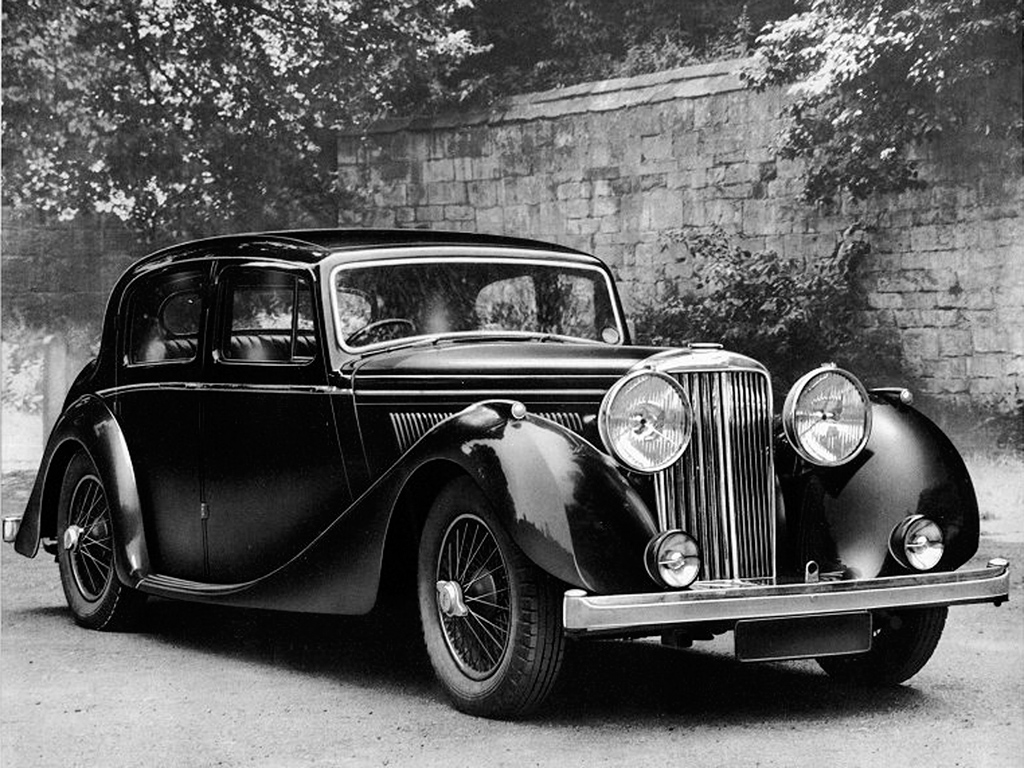
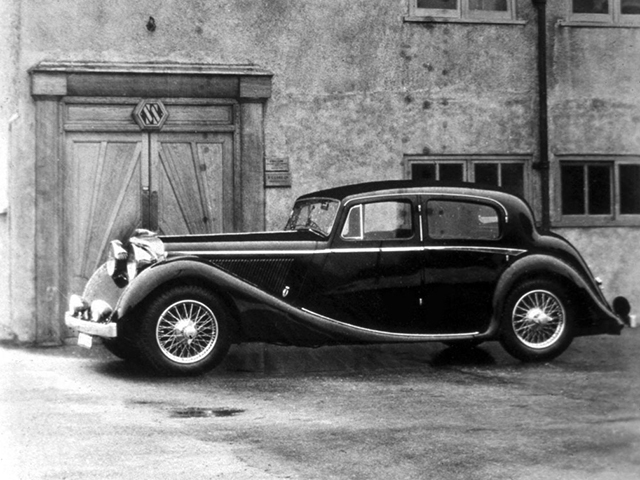
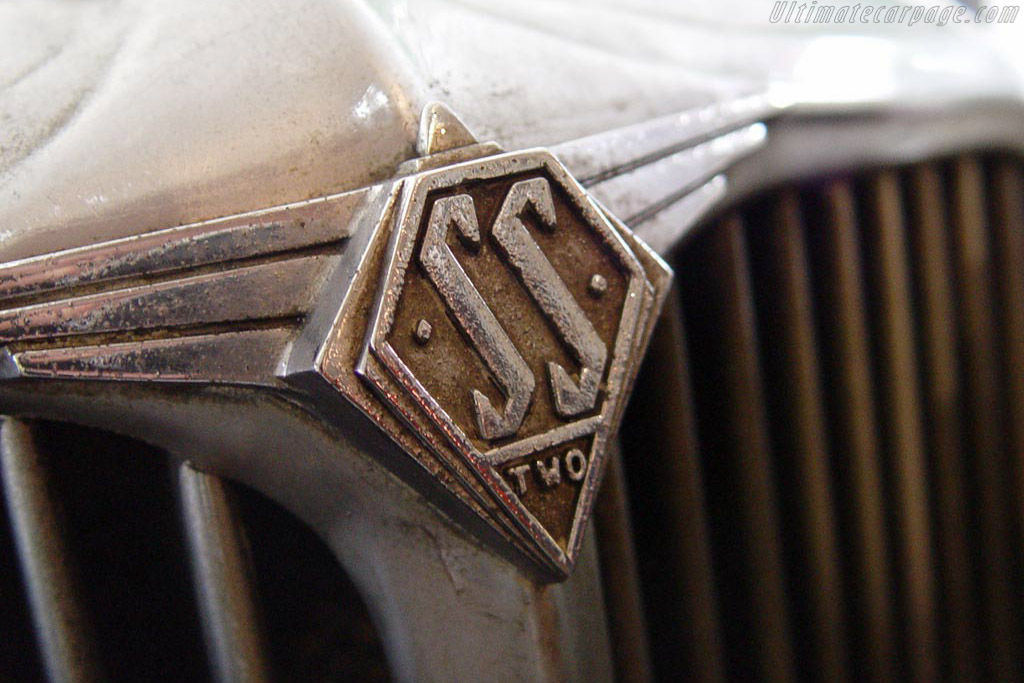
In the early Coachbiulding stage they were just fixing local Austin 7s, but Lyons quickly put 2 and 2 together… he could make much more money executing original and elegant bodies for those cars. At some point he did buy one of these and Swallow made a bespoke body for that model. The car had 2 seats and hinged hood – and quickly went into production as an Austin Swallow. Austin themselves sent their chassis to Swallow workshop, so they could officially finish the car on their own – that’s how good their bodies were – and they had a plethora of options: from roadsters, to sedans and coupes. The company put their bodies on Clyno and Alvis cars, they employed over 50 workers, couldn’t handle the demand and constantly grew bigger. At that point they already made 100 sidecars weekly plus 2 cars a day, but when Shell left their manufacture in Coventry, Lyons put his hands on it instantly – that allowed him easier access to resources and helped increase the output to 50 cars every week. Last years of the ’20s and the early ’30s was a good time for Swallow Sidecars. The brand appeared on a motorshow, got contracts for Fiat bodies, ones for Morris, Wolseley and – what’s most important – for Standard Motor Company (while the production rocketed to 30 automobiles per day). They also decided to construct their own complete vehicle.
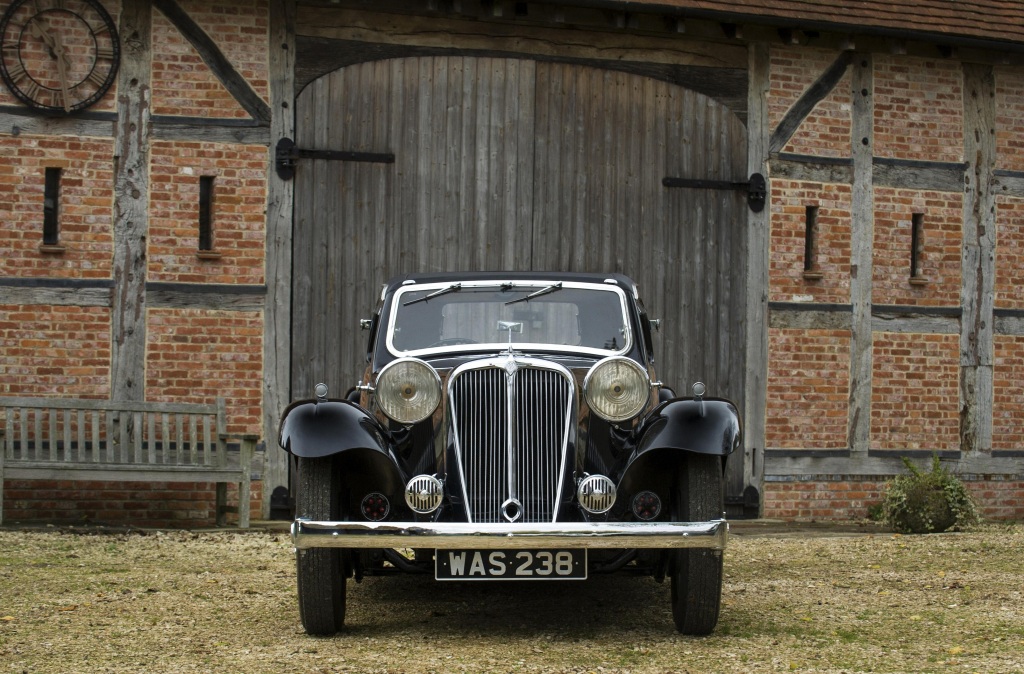
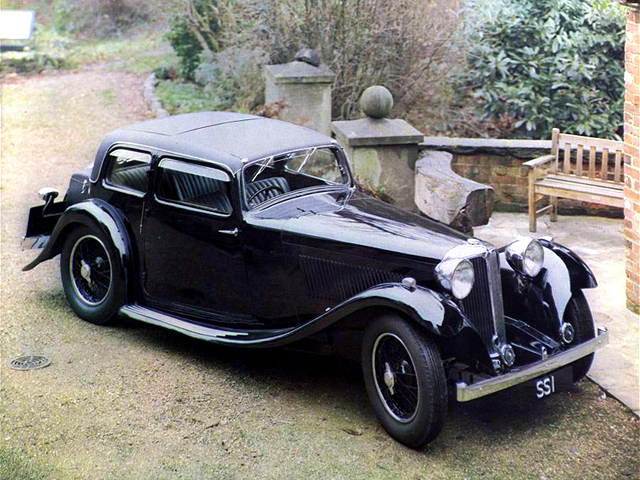
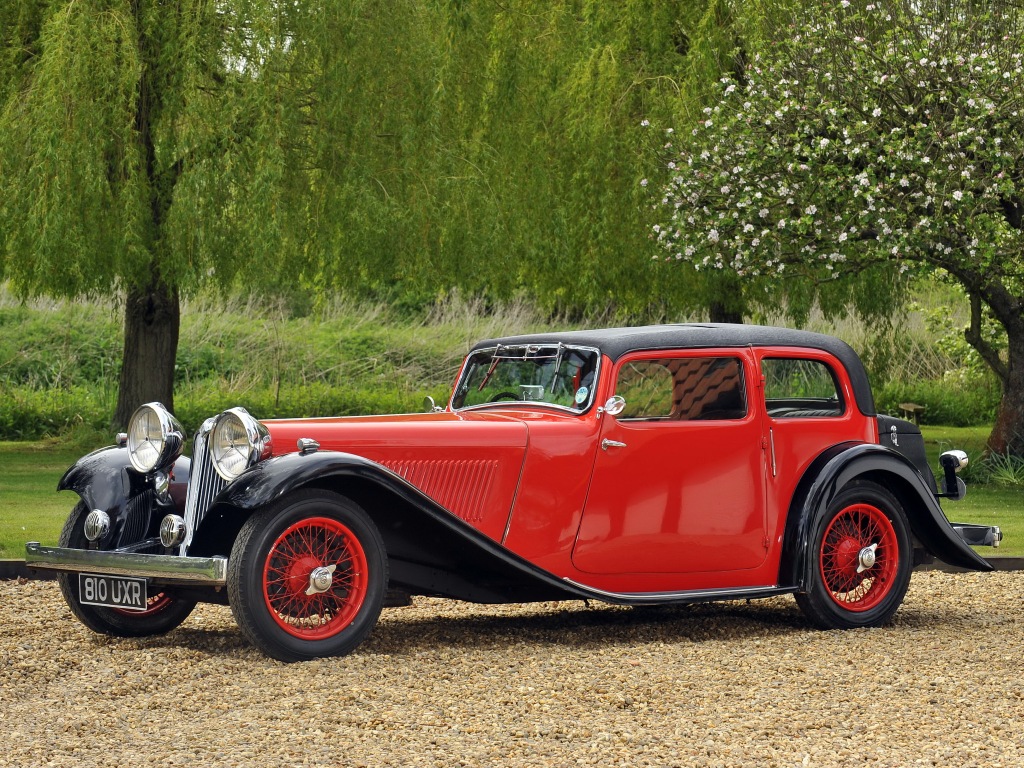
A new company – SS Cars – was established for that purpose. Its name is often translated to ‚Standard Swallow’ – wrong. Nick Thorley in his book of Jaguar explains its meaning: and that was ‚Swallow Sports’ – used initially only for the sportier Standard-based models. Lyons showed two of such in 1932: a 6-cylinder SS1 along with its 4-cylinder variant – the SS2. SSI was a 2-door coupe on a specially modified Standard frame. The body and engine were ‚home made’ – and the car offered 50 horsepower for 310 pounds. At that time it was nothing. The SS was a hit – and it sold in 776 examples that year only.
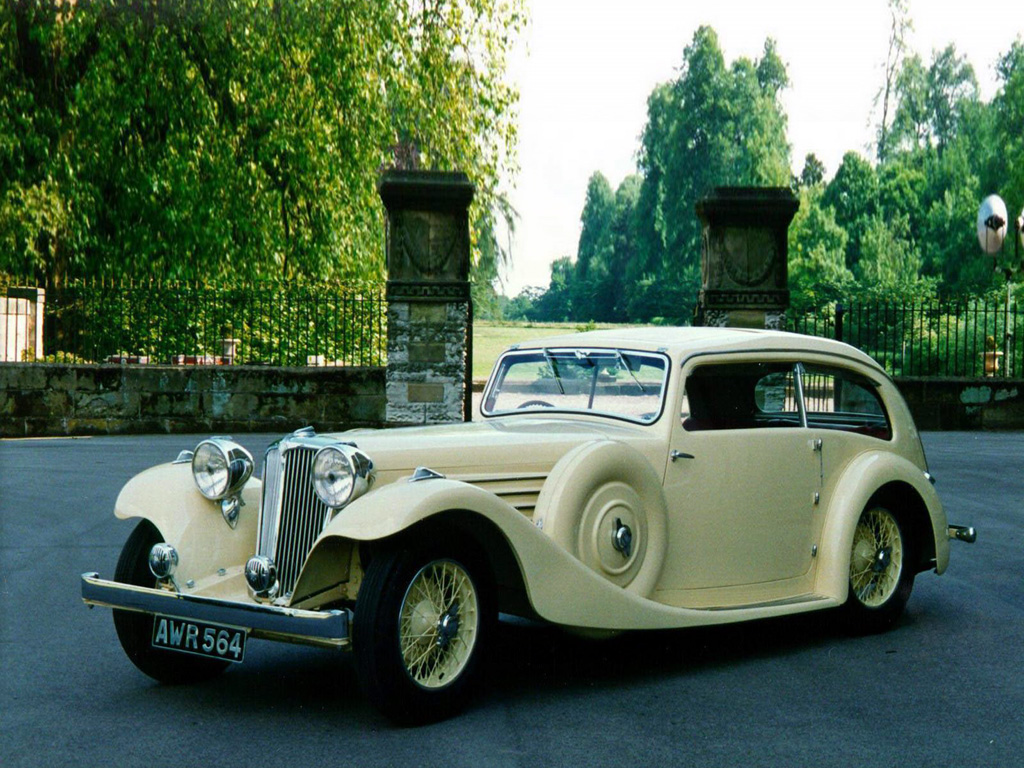


New, bigger bodies were offered from 1933 – in many variants, with synchronized transmission and more powerful engines. And the model was still popular – even though the technology was very similar to the original 1932 SS1 model. The sidecar manufacture business was a good source of money, but compared to the car production – it was small fish. Both had to split and SS Cars Limited began focusing on cars only, with Lyons alone steering the business from now on. In time he bought the whole sidecar plant anyway, so both industies went back to him eventually. And he had a great ambition: to rival the best of the best – Lagonda, Alvis… even Bentley. His SS brand was reputable, but it was quickly forced to change its name…
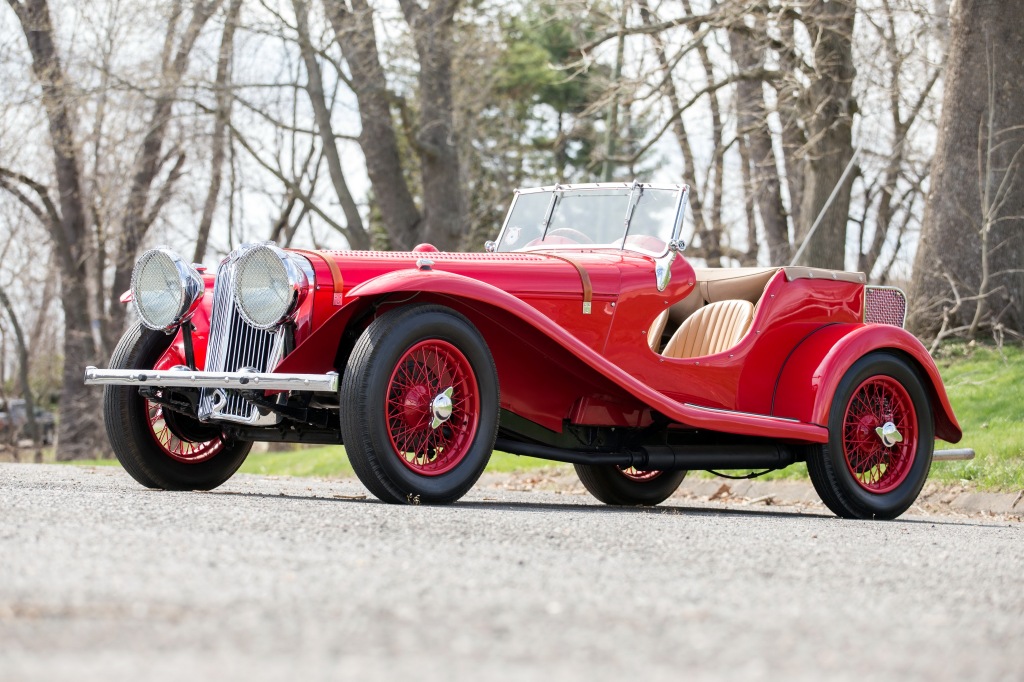
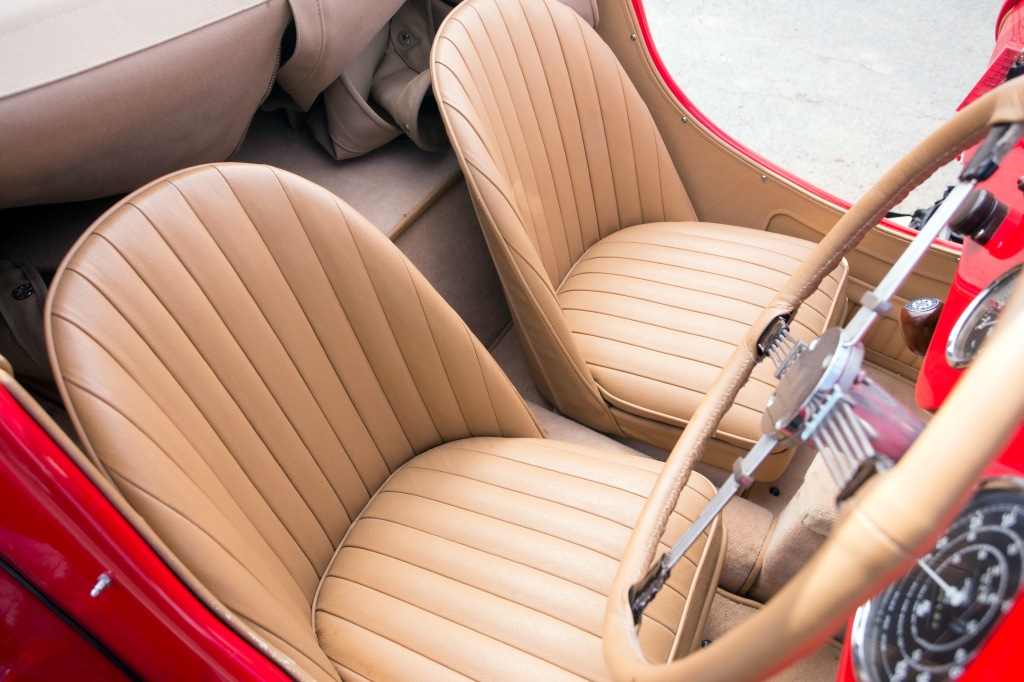
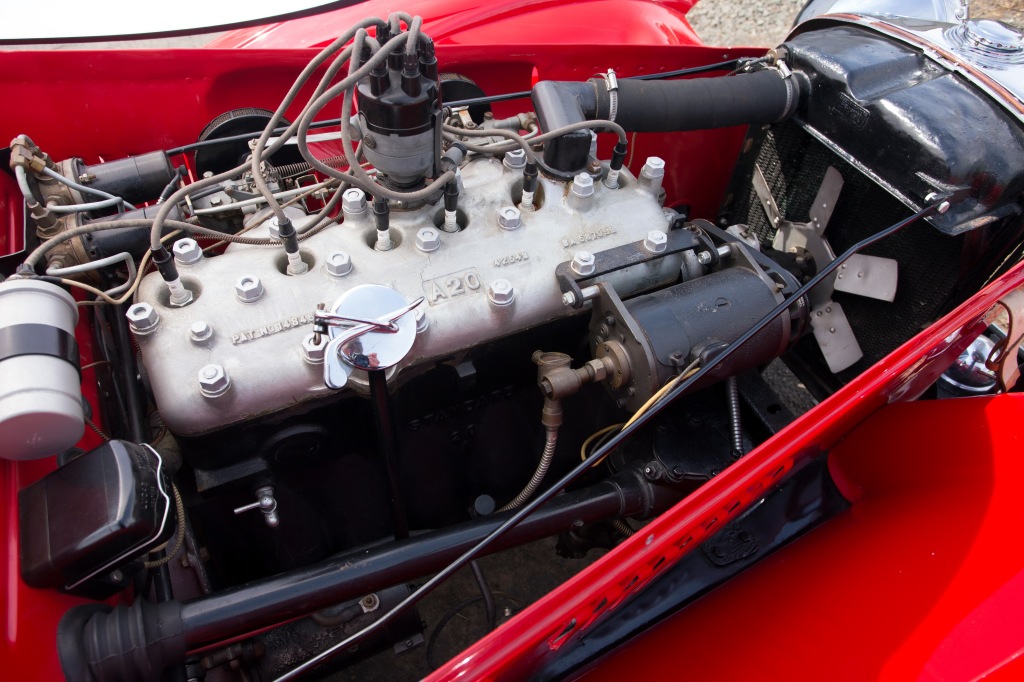
Standard-based SS models hit the jackpot and they turned people’s heads to the car factory in Coventry. Those vehicles were great design and quality – for a reasonably small price. The plan now was to underline the brand’s position on the market with a car to be synonymous with might and ferocity. They took a name of a cat predator – a Jaguar – and adapted it to the new model. Those cars with a leaping feline as hood ornament were another success – and important part of both English and world automotive history.
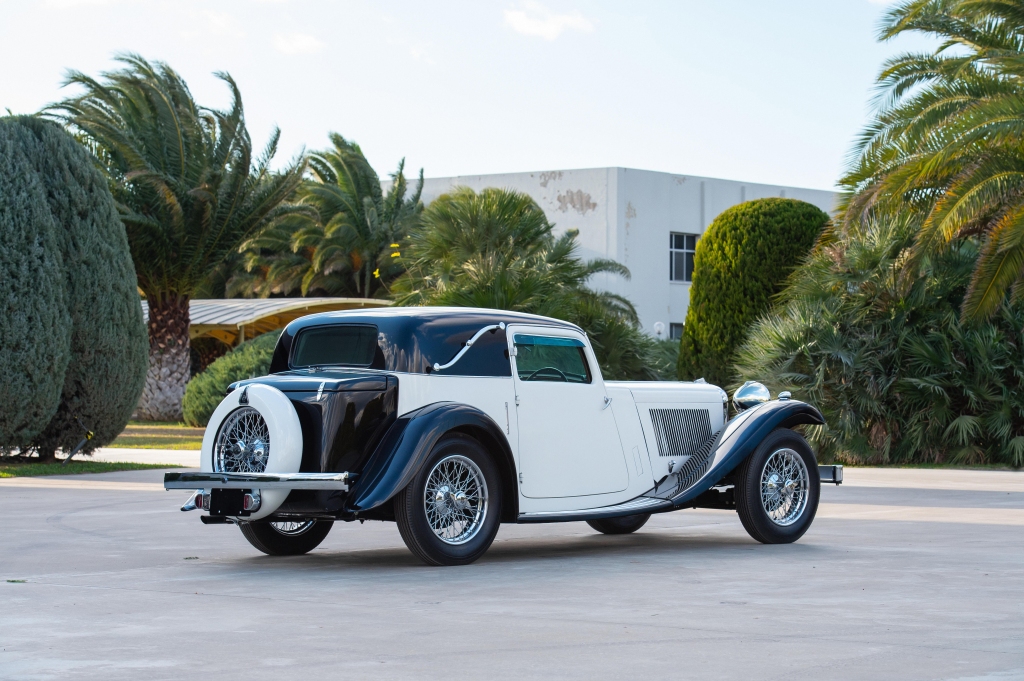

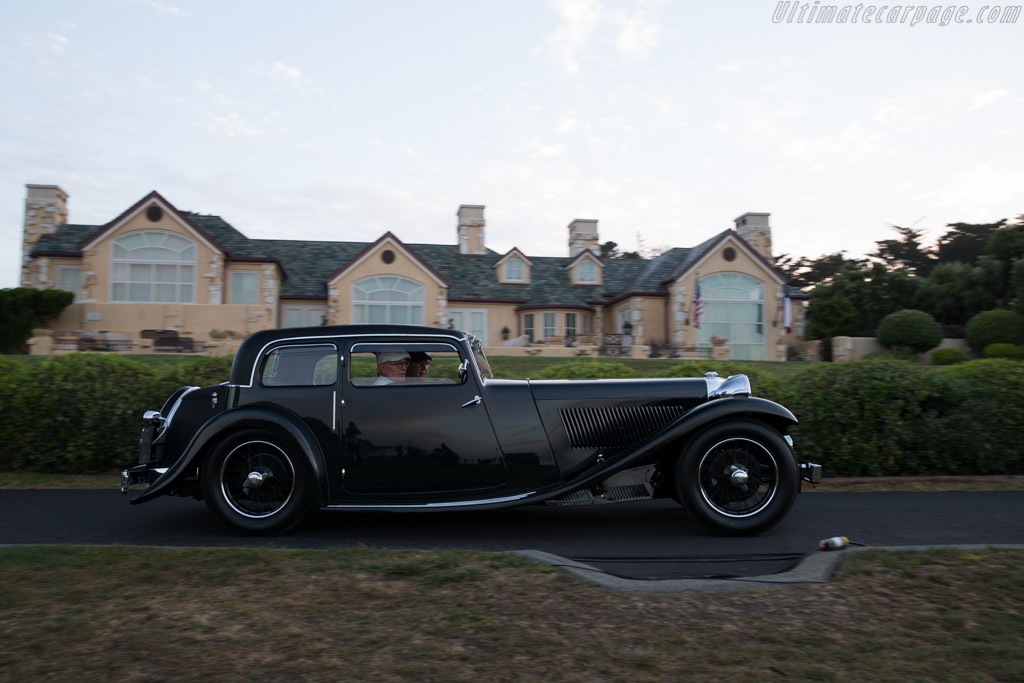
Krzysztof Wilk
All sources: favcars.com | wheelsage.org | ultimatecarpage.com | wikipedia.org | Top Gear: The Cool 500 – The Coolest Cars Ever Made | The Kingfisher Motorsports Encyclopedia | M Buckley – The Complete Illustrated Encyclopedia of Classic Cars | N Balwdin – The World Guide to Automobiles, the Makers and their Marques | N Thorley – The Complete Book of Jaguar | Publications International – Classic Cars: 60 Years of Driving Excellence
